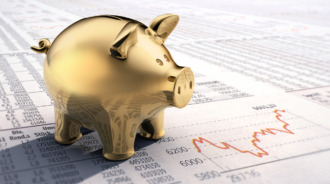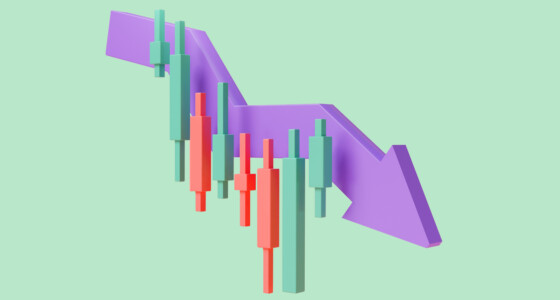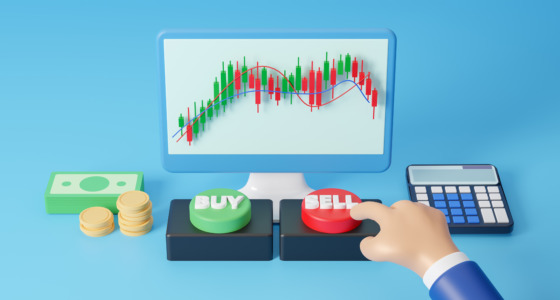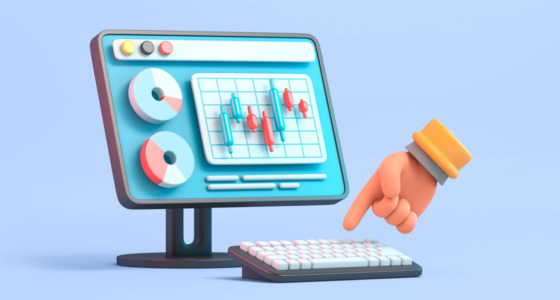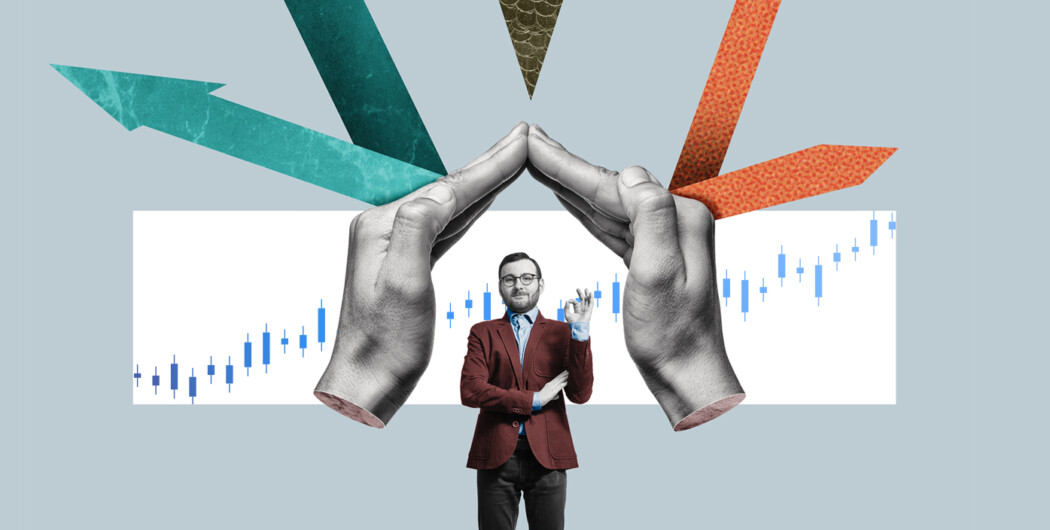

Even if you know a lot about indicators, trading, and fundamental analysis, you won’t succeed if you don’t implement money-management rules.
According to statistics, on average, 41% of traders make 9-20 trades each month. Some of the remaining 59% lose all their funds in a single trade and are thrown out of the market.
Keep reading to learn tricks that will allow you to allocate your funds wisely.
Risk/reward ratio
It’s the most popular money-management tip you will find in almost any guide. This is because it’s effective. The rule says you shouldn’t risk more than half of your potential profit. For instance, if you expect to get $100 for a trade, you should risk, at most, $50 of your balance. The bigger your potential profit relative to possible loss is, the safer your trade will be. Therefore, you can use a ratio of 1:3, 1:5, etc.
However, that’s not all. The size of a potential loss should be calculated considering your balance. It may be that the risk/reward ratio says you will get $1000, but your balance doesn’t allow you to risk $500.
First, you should determine how much you can risk per trade. Afterward, you can measure a share of this sum relative to your potential profit per trade.
To be sure your calculations work, set take profit and stop loss levels in advance. Some traders mistakenly believe they will control the trade manually. But by doing that, they risk losing even more.
1% rule
This rule is related to the previous one. It says you shouldn’t invest more than 1% of your balance in a single trade. For instance, if you have $10,000, you shouldn’t put more than $100.
You may be confused if you have much less than $10,000. For instance, if your account’s balance is $5,000, you can invest not more than $50. But the rule assumes you can raise the invested amount to 2% of your capital. Having $5,000, you will be able to invest $100. However, it’s not recommended to increase the percentage by more than 2.
Diversification
Another tip for managing your funds wisely is to diversify your trades. Diversification implies you trade assets from different markets and with different degrees of volatility. For instance, if you choose stocks, you should balance their high volatility with the stability of such assets as EUR/USD or USD/JPY pairs. Or you can trade exotic pairs — for instance, TRY/USD, and balance them with major pairs, including EUR/USD and GBP/USD.

No trades with higher risks
Before entering the market, you evaluate conditions and determine whether there is still a point to open a trade or if it’s better to look for another option. Also, you need to think about how much you risk entering a particular trade.
For example, if the price has skyrocketed, and there are signs it will keep rising, you can open a buy position. However, the price spike raises risks that the market will turn around soon. Vice versa, if the price moves sideways and breaks above the resistance level, it’s also an opportunity to open a buy trade. However, the risk will be lower as the price hasn’t fulfilled its potential.
You should avoid trades with higher risks, even though there are signs they could be successful.
Use strategies
Numerous strategies help traders calculate investments, risks, and potential profits. Dollar-cost averaging is one of them. It’s an investment approach, but you can use it in long-term trades. It helps investors divide their capital into several parts and invest at specific periods. By doing this, investors lower the volatility level.
Final thoughts
Before you enter a market, calculate your funds and evaluate how much you can gain and lose. Remember about risks and never put everything in one asset—even if you are sure it will bring you a fortune.
